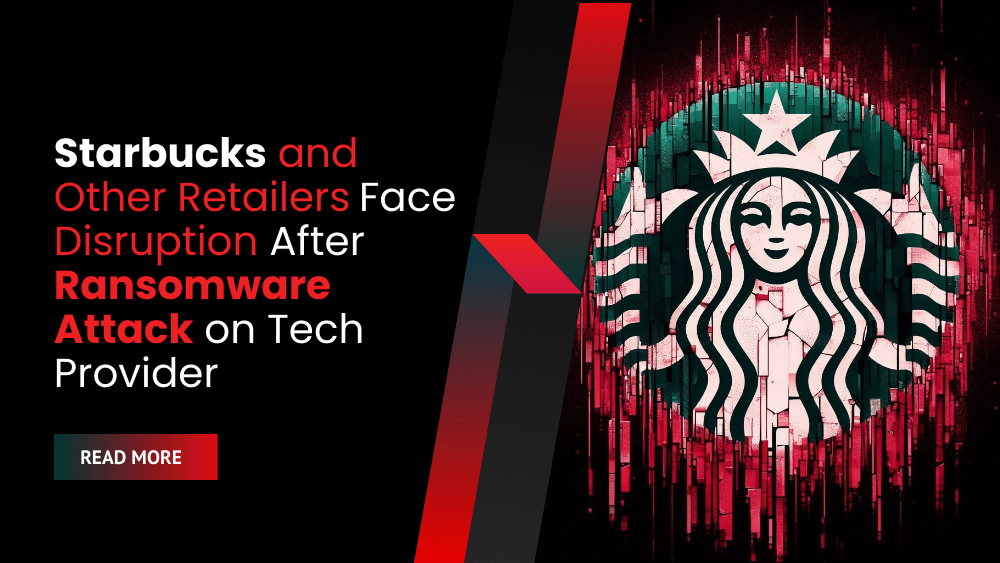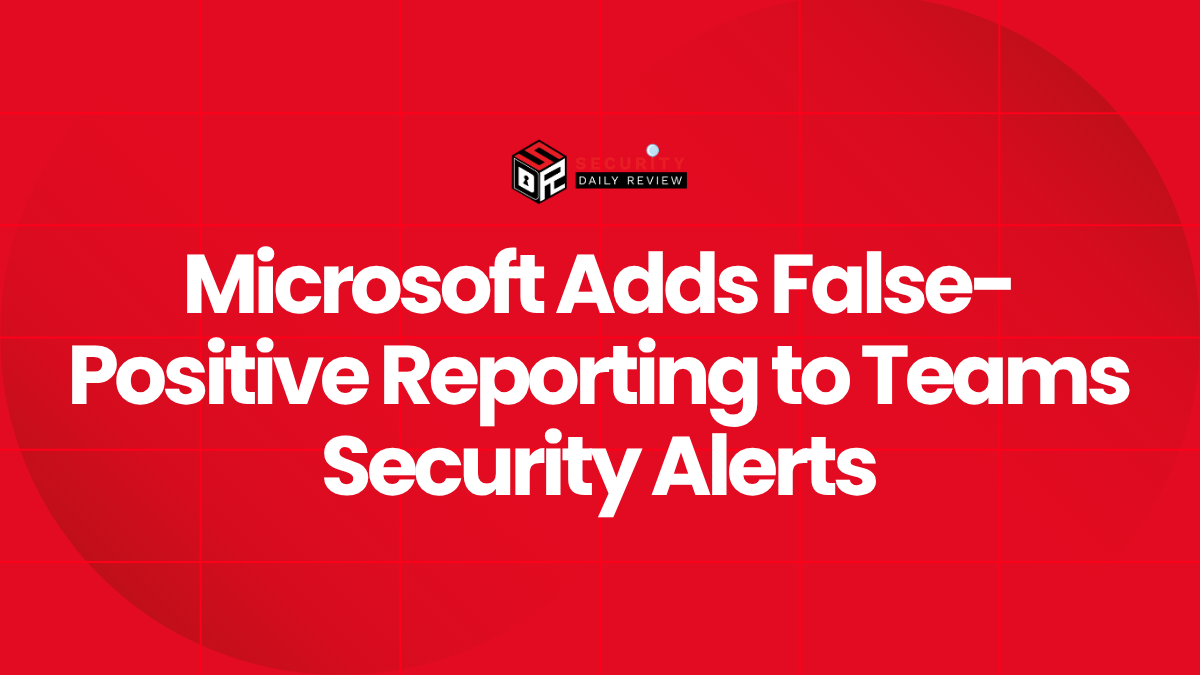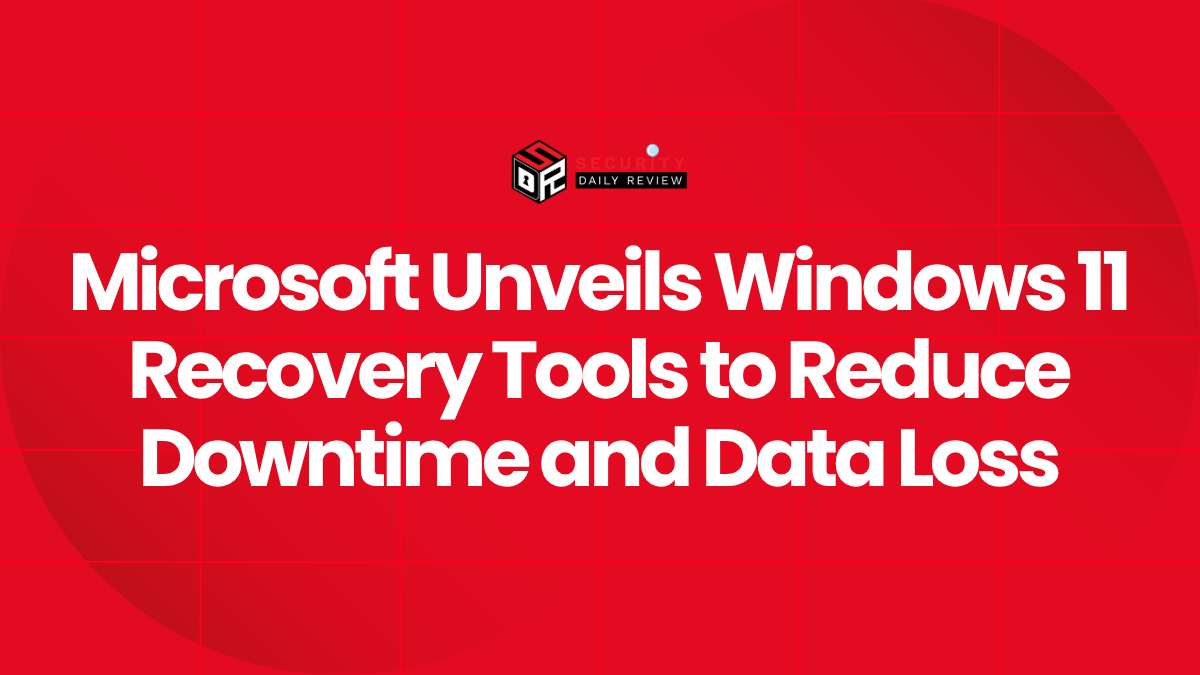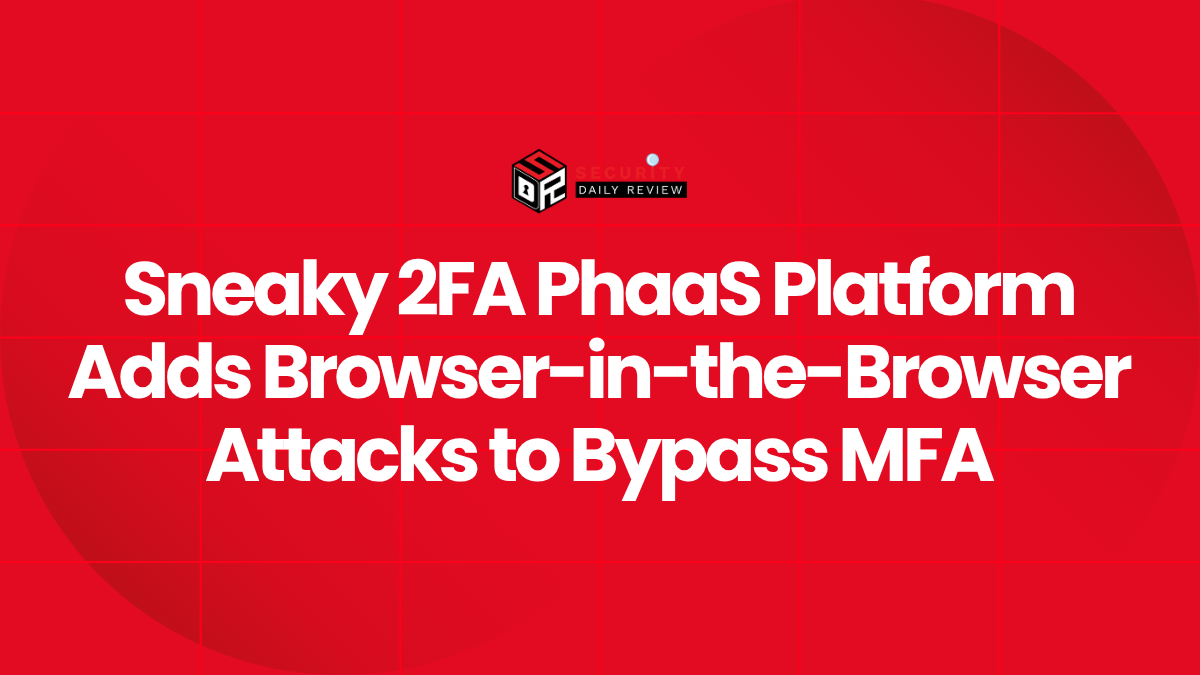A Major Blow to Retail Operations Caused by a Ransomware Attack on Starbucks and Other Businesses
The world of retail experienced a significant disruption recently with a ransomware attack targeting a major technology provider, impacting numerous businesses, most notably Starbucks. This attack, which involved a sophisticated ransomware strain, caused widespread operational issues for Starbucks and other retailers who relied on the affected tech provider for essential services.
The ransomware attack, the specifics of which remain undisclosed to protect ongoing investigations, crippled several critical systems within the affected technology provider’s (Blue Yonder) infrastructure. This resulted in a ripple effect, impacting the operations of its clients, including Starbucks.
While the exact nature of the disruption faced by Starbucks and other retailers isn’t fully public, reports indicate significant operational challenges across various aspects of their businesses. This includes, but is not limited to, point-of-sale (POS) systems, inventory management, and customer communication channels.
Technical Aspects of the Starbucks Ransomware Incident
The technical details surrounding the ransomware attack on the technology provider remain largely confidential for security reasons. However, based on available information and similar past incidents, we can speculate on the likely methods employed by the attackers. The attackers likely exploited a vulnerability within the technology provider’s network, gaining unauthorized access and deploying ransomware to encrypt critical data and systems. This encryption effectively rendered these systems unusable until a ransom was paid.
The sophistication of the attack suggests a well-planned and executed operation, potentially involving advanced techniques like spear-phishing or exploiting zero-day vulnerabilities. The attackers may have used a highly polymorphic ransomware variant to evade detection and hinder recovery efforts. The use of a double extortion tactic, where data is both encrypted and exfiltrated, is also a strong possibility, adding another layer of pressure on the victim to pay the ransom.
The scale of the impact suggests the attackers targeted a critical component of the technology provider’s infrastructure, impacting numerous clients simultaneously. The investigation into the root cause will likely involve analyzing network logs, system files, and malware samples to identify the specific vulnerabilities exploited and the methods used to deploy the ransomware.
The impact extends beyond the immediate financial losses from potential ransom payments and operational downtime. The reputational damage to both the technology provider and its clients, including Starbucks, is substantial.
Customer trust can be eroded by data breaches and service disruptions, leading to long-term consequences. The incident underscores the importance of proactive security measures, including regular security audits, employee training on cybersecurity best practices, and the implementation of robust security protocols to mitigate the risk of future ransomware attacks.
The Ripple Effect: How the Ransomware Attack on a Software Supplier Affected Retailers
The attack on the tech provider Blue Yonder serves as a powerful illustration of the interconnectedness of modern business operations. A single point of failure, in this case, a compromised software supplier, can cause widespread disruption across numerous businesses.
The reliance on third-party vendors for critical services highlights the need for thorough due diligence and robust risk management strategies. Retailers must carefully vet their technology providers, ensuring they have adequate security measures in place to protect against cyber threats.
This includes regular security assessments, incident response plans, and insurance coverage for cyberattacks. The Starbucks ransomware incident underscores the need for a proactive and comprehensive approach to cybersecurity, extending beyond individual company firewalls to encompass the entire supply chain.
The Starbucks ransomware attack, stemming from a larger ransomware attack on a tech provider, serves as a critical case study in the vulnerabilities of modern business infrastructure. The incident highlights the need for enhanced cybersecurity measures, thorough vendor due diligence, and a comprehensive understanding of the interconnectedness of modern business operations. The long-term implications of this attack will likely influence industry practices and security protocols for years to come.









